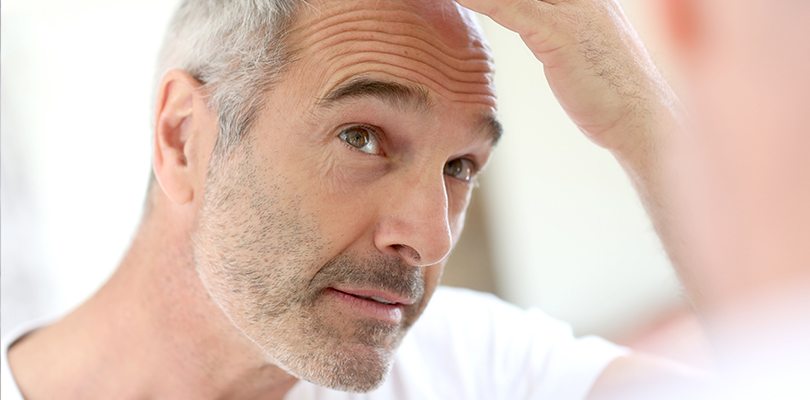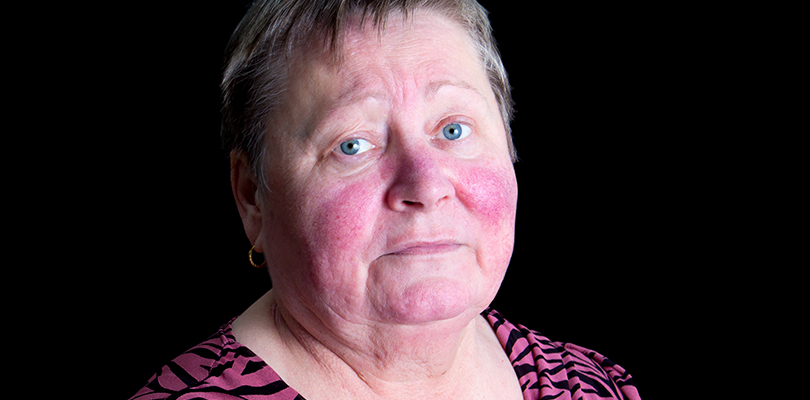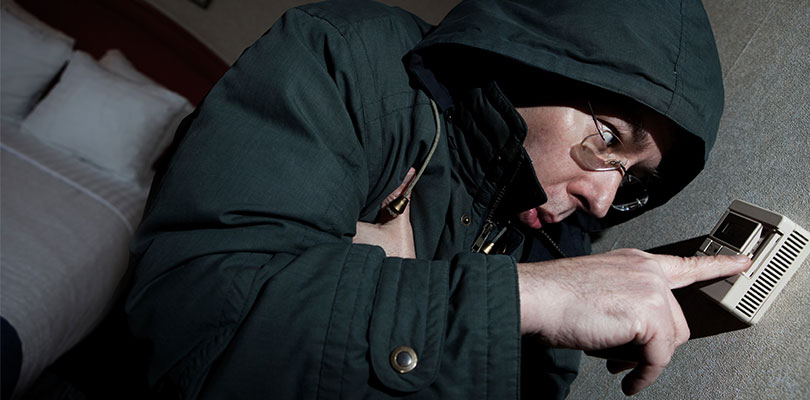Photo Credit: goodluz / iStockPhoto.com
How to Prevent Hair Loss — and Stop it Once it Starts
According to the Hair Transplant Institute of Miami, about 50 million Americans experience hair loss. Of those, about 35 million are men and 21 million are women.
According to research on hair loss, 47 percent of people with hair loss would trade their life savings for a full head of hair. Sixty percent of people would choose a full head of hair over friends and money. About 30 percent of people would abstain from sex for the rest of their lives for a full head of hair.
These sobering statistics tell us that prevention of hair loss, if at all possible, is key. Treatment of hair loss through natural and conventional remedies is also ideal because obviously people with hair loss desire that full head of hair!
Prevention of Hair Loss
Unfortunately, there is not a lot that can be done to prevent hair loss. Most of the time, hair loss is genetic.
However, there are certain habits that can cause hair loss to occur. For example, excessively playing with the hair, such as twisting it with the fingers, rubbing it and pulling it, can cause hair loss. Stopping this habit if you do it can prevent hair loss from occurring.
In addition, the Hair Transplant Institute of Miami noted that normal hair loss is 50 to 100 strands per day. Putting the hair in very tight hairstyles, such as ponytails and braids, can cause you to lose more strands than normal, as can certain hair treatments, such as hot oil, perms and curling irons.
Avoid putting the hair in very tight styles and using these hair treatments if your hair is already thinning.
A nutrient-deficient diet can also cause hair thinning. Prevention through diet means eating a nutritionally balanced diet.
Natural Remedies for Hair Loss
There are a variety of natural remedies for hair loss, but none are scientifically proven. However, if you feel like trying, here are a few using ingredients you can find in your own kitchen:
One in three people experience neck pain at some point in their life, and you may be wondering, what causes neck pain? Find out here.
- Green tea: green tea is thought to stimulate hair production and revitalize the hair follicle. It is also thought to increase the metabolism. Consume it as a beverage to supposedly see the metabolism effect, and brew it, let it cool and condition with it for help with hair loss.
- Aloe vera: the enzymes in fresh aloe vera are thought to promote healthy hair growth. Applying it directly to the scalp, along with consuming a teaspoon of aloe vera, may stimulate hair production.
- Onion juice: the sulfur in onions is thought to treat hair loss and bring blood flow to the scalp. In addition, onions have anti-bacterial qualities, so applying onion juice to the scalp can kill bacteria that may contribute to infections that are causing hair loss.
Conventional Treatments for Hair Loss
There are two medications that the FDA has approved to treat hair loss:
- Minoxidil (Rogaine): Rogaine is available over-the-counter and is indicated for both men and women. It is topical, so is applied directly to the scalp twice per day to regrow hair and prevent further hair loss. It hopefully will regrow hair, but for some people, it simply slows down hair loss. The downside to this medication is that without continued application, the effect will be lost.
- Finasteride (Propecia): Propecia is an oral, prescription medication that is only indicated for men. Most men find that it simply slows hair loss, but some men find that it does regrow hair. As with Rogaine, if it is not taken daily, the effect is not retained.
Sometimes hair loss occurs as a result of other prescription medications. If this is the cause, the pros and cons of the other medication should be weighed heavily. Perhaps an alternative medication without hair loss as a side effect can be prescribed.
Surgery can be performed; surgery for hair loss is called hair transplant or restoration surgery. For a hair transplant, tiny plugs of skin, each containing several hair follicles, are removed from the back of the scalp.
These plugs then are transplanted into the bald areas. Hair regrowth medications may be used before and after the surgery to aid in hair regrowth.







